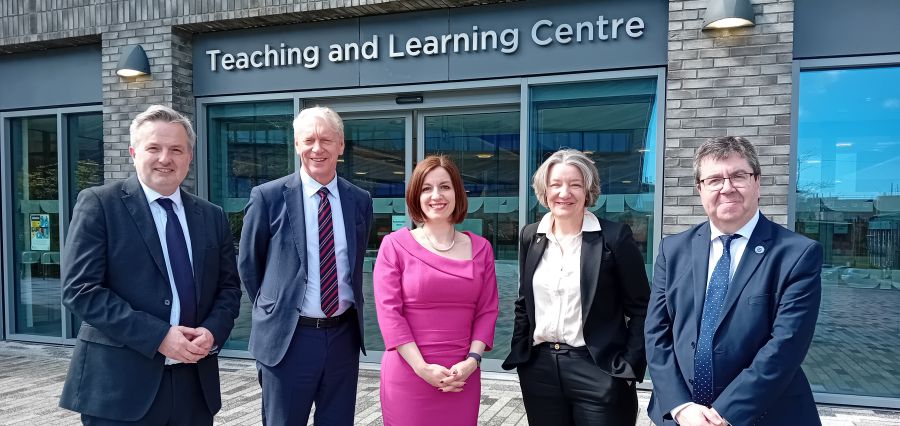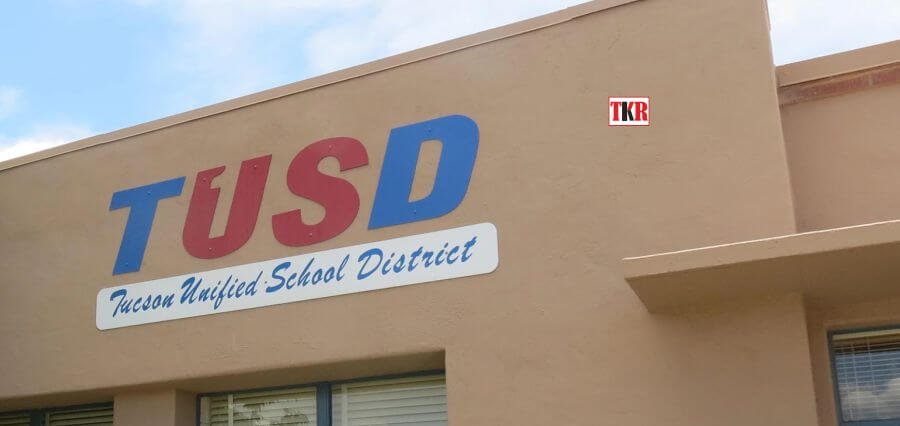As a student, you are likely to have classmates from all over the world, with different languages and cultural backgrounds. This presents a great opportunity – a chance to learn from each other and gain new perspectives.
However, understanding all these differences can be challenging. This guide is here to help by showing how to make the most of language diversity and create a welcoming and fun learning environment.
Embracing Language Diversity in the Classroom
Language diversity in the classroom is a valuable asset that enriches the learning experience for all students. By acknowledging and embracing the different linguistic backgrounds present, educators create an inclusive environment that fosters cultural understanding and appreciation.
Celebrating Cultural Diversity Days
Participate in cultural diversity days or events organized by your school or classmates. These events provide opportunities for you to learn about and celebrate the rich tapestry of languages and cultures represented in your classroom. Share aspects of your cultural heritage, such as traditional food, music, or storytelling, and be open to learning from your peers’ experiences.
Utilizing Multilingual Resources
Take advantage of classroom resources available in multiple languages, such as books, educational videos, or online materials. These resources can help validate the linguistic identities of your diverse classmates and allow you to connect with the content in more meaningful ways.
Additionally, multilingual resources can expose you to different languages and promote language awareness. For students seeking additional language support, engaging with online English tutors can be a valuable resource. Tutors provide personalized assistance to help improve language skills and boost confidence. Utilizing these tools ensures that all students have access to the resources they need to succeed academically.
Engaging in Multilingual Discussions and Presentations
Embrace opportunities to express yourself and share your knowledge in your native language or languages you are learning. Participate in group discussions, presentations, or projects that allow you and your classmates to showcase your linguistic skills and cultural perspectives.
This not only validates diverse students’ identities but also provides valuable learning opportunities for everyone to appreciate language diversity. If you need extra help, consider English tutoring online to improve your language skills and boost your confidence in multilingual settings.
Benefits of Language Diversity
A multilingual classroom promotes cognitive flexibility and enhances problem-solving skills. Moreover, it equips students with the invaluable ability to communicate across cultural boundaries, preparing them for success in an increasingly globalized world.
Developing Cultural Awareness and Empathy
Language is deeply connected to culture, and by embracing language diversity in the classroom, you can gain a deeper understanding and appreciation of different cultural perspectives. Exposure to diverse languages and cultures can foster empathy and respect for different worldviews, which are valuable skills in today’s interconnected society.
Enhancing Cognitive Development
Research shows that exposure to multiple languages can have significant cognitive benefits for students like you. Bilingual or multilingual students often demonstrate enhanced problem-solving skills, increased cognitive flexibility, and better executive functioning.
By acknowledging and engaging with your classmates’ native languages, you can leverage these cognitive advantages and create a more inclusive and effective learning environment for everyone.
Support Your School’s Efforts
Your school may collaborate with language specialists and interpreters to enhance the learning experience for diverse students. These professionals can assist in translating instructional materials, communicating with families, and providing language support during classroom activities or parent-teacher conferences. Be supportive of their efforts to bridge language barriers and ensure effective communication and understanding.
Your teachers may seek professional development opportunities to stay up-to-date with the latest research, strategies, and best practices for supporting language diversity in the classroom. Encourage and support their efforts to attend workshops, conferences, or online courses focused on topics such as culturally responsive teaching, second language acquisition, and inclusive instructional practices.
Culturally responsive teaching acknowledges and builds upon students’ diverse backgrounds, experiences, and ways of learning. Be receptive to your teachers’ efforts to incorporate culturally relevant content, instructional strategies, and assessments that value and affirm your linguistic and cultural identities.
Your school may establish partnerships with local community organizations that work with diverse linguistic and cultural groups. These organizations can provide valuable insights, resources, and support to help your school better understand and cater to the needs of its diverse student population. Participate in these partnerships by attending events or activities organized by these organizations, fostering stronger connections between your school and the community.
Encourage Family Involvement
Encourage your family members from diverse linguistic and cultural backgrounds to actively participate in your educational journey. Extend invitations for them to share their unique perspectives, knowledge, and lived experiences with your school community.
Their involvement can take various forms, such as participating in cultural events to showcase their heritage, serving as guest speakers to share their expertise, or contributing to curriculum development by providing insights into their cultural practices and traditions. By fostering family involvement, you can create a more inclusive and representative learning environment that celebrates and learns from diverse narratives.
Utilize Multilingual Communication Channels
Actively support your school’s efforts to establish and maintain multilingual communication channels, such as translated newsletters, websites, or mobile applications. These channels play a crucial role in ensuring that important information, updates, and opportunities for involvement are accessible to families regardless of their linguistic backgrounds.
By promoting multilingual communication, your school demonstrates transparency, respect, and a commitment to creating an inclusive environment that values and embraces diverse language communities. Utilize these channels to stay informed, engage with school initiatives, and advocate for the continued development of equitable and accessible communication strategies.
| Strategy | Description | Benefits | Your Role |
| Celebrating Cultural Diversity Days | Participating in events showcasing diverse languages and cultures | Fosters cultural pride, understanding, and appreciation | Share your cultural heritage, learn from peers |
| Utilizing Multilingual Resources | Using books, videos, or online materials in multiple languages | Validates linguistic identities, promotes language awareness | Access and engage with these resources |
| Engaging in Multilingual Discussions and Presentations | Expressing yourself and sharing knowledge in your native languages | Celebrates linguistic diversity, provides learning opportunities | Participate actively and respectfully |
| Supporting Language Specialists and Community Partnerships | Collaborating with language professionals and local organizations | Bridges language barriers, provides insights and resources | Attend events, participate in initiatives |
| Encouraging Family Involvement | Inviting families to share perspectives and contribute to the curriculum | Enhances understanding, strengthens connections | Encourage family members to get involved |
Conclusion
Being multilingual enables us to perceive things from various perspectives, enhances our cognitive abilities, and prepares us for a globally interconnected world. Engage in cultural events, utilize multilingual materials, participate in multilingual discussions, support diversity initiatives, and encourage family/community involvement to create an inclusive, enriching learning environment that fosters appreciation for diverse cultures, empathy, and a global mindset.
Frequently Asked Questions
How can I communicate with classmates who speak different languages?
When communicating across languages, students might engage with written formats like emails, messages, or explanations that provide opportunities for sharing information more coherently across potential language barriers.
What can I do to support my school’s language diversity initiatives?
In promoting language diversity, students can contribute to school communities by highlighting their unique cultural voices through written content, verbal participation, or discussions, all providing opportunities to amplify diverse perspectives.
How can I appreciate cultures different from my own?
When appreciating diverse cultures, students can access information and insight through written or spoken narratives, perhaps in a formal, academic style. Focusing on sharing concrete details, examples, and experiences to illustrate unique cultural practices demonstrates cultural competency and heightens awareness.
Key Takeaways
- Exposure to diverse languages fosters cultural awareness, empathy, and cognitive development.
- Engaging in multilingual discussions, presentations, and resources validates diverse identities.
- Supporting language specialists, interpreters, and community partnerships enhances inclusivity.
- Encouraging culturally responsive teaching creates a more engaging learning environment.
- Promoting family involvement and multilingual communication channels foster stronger connections.









